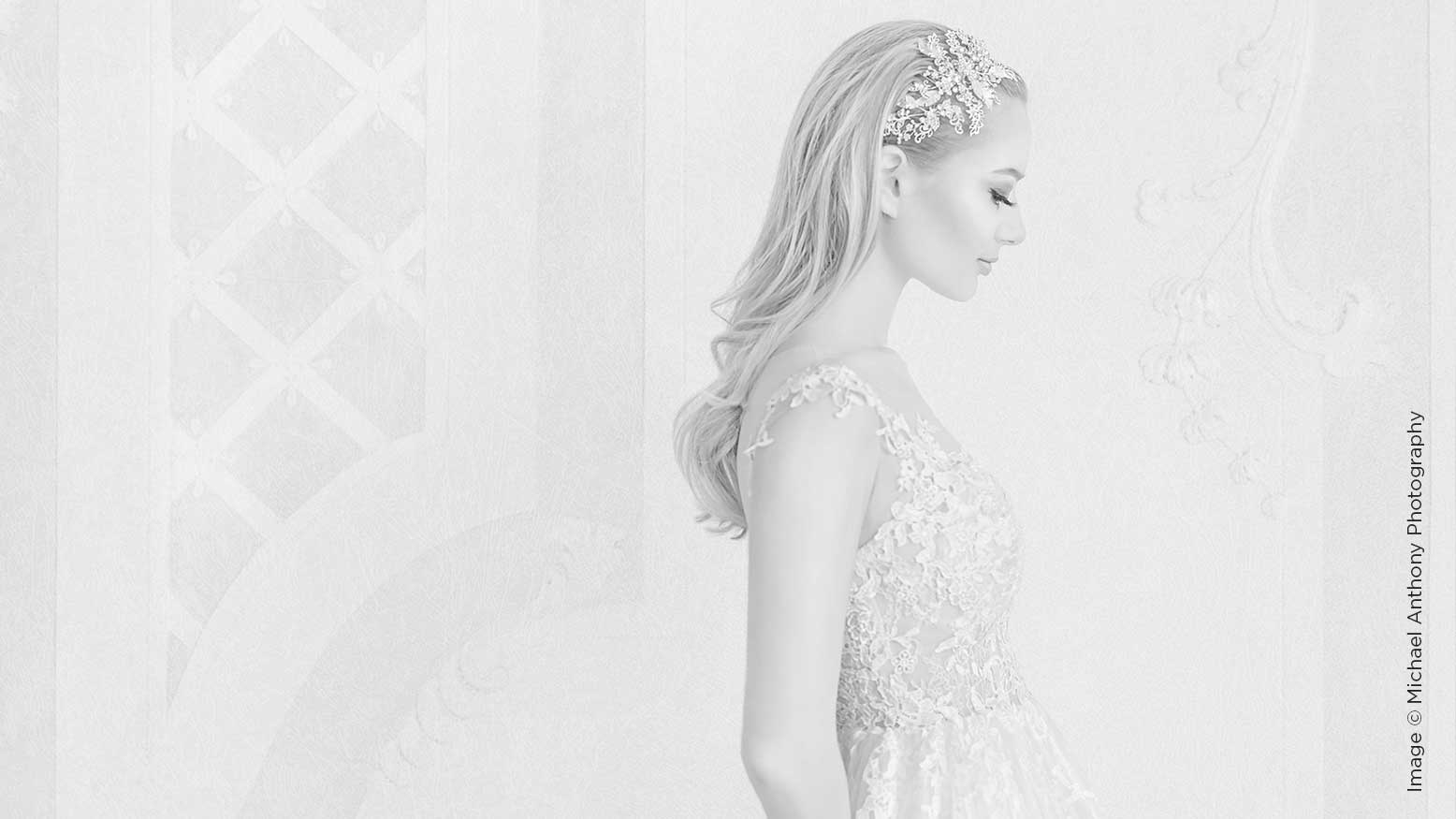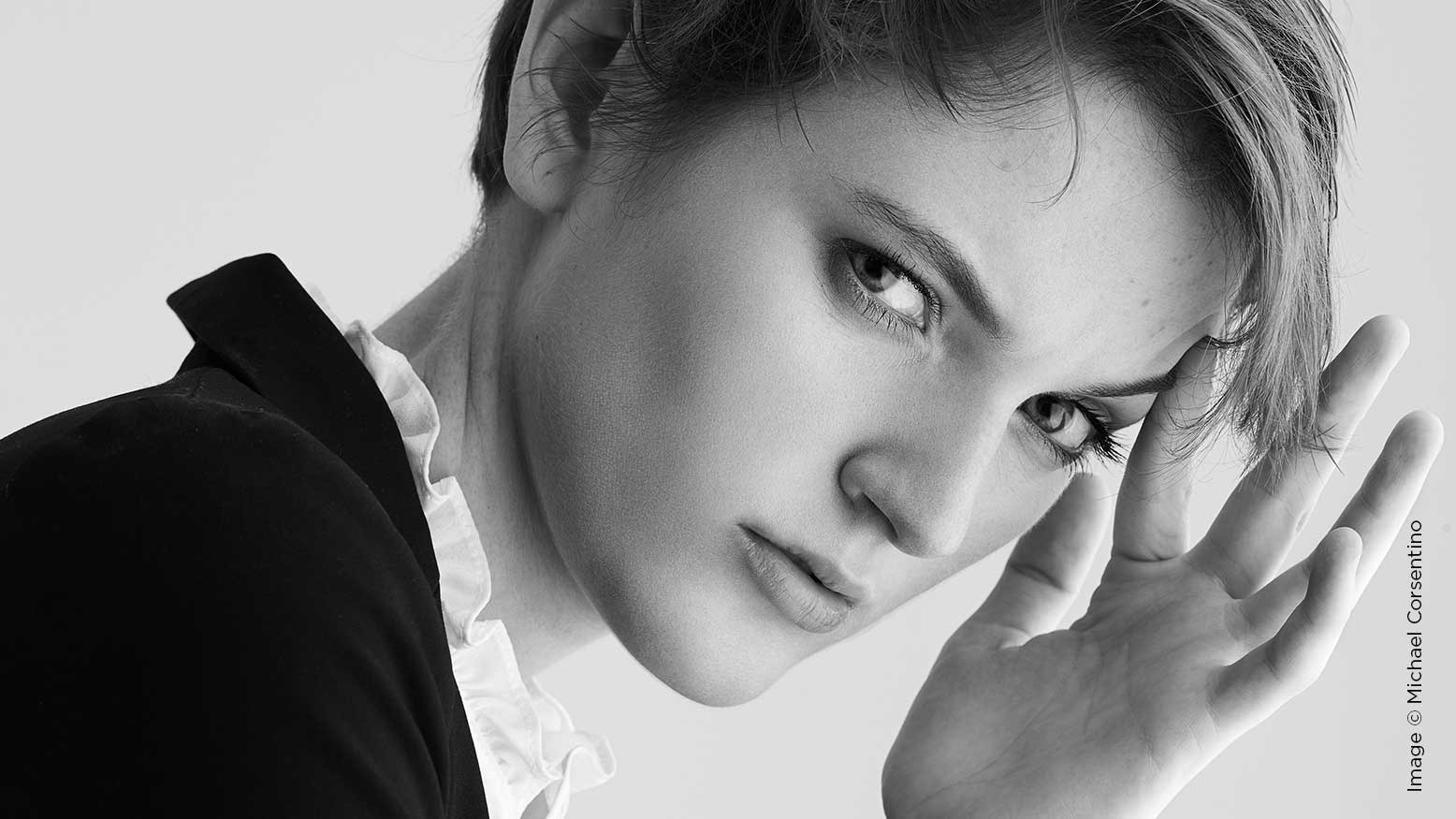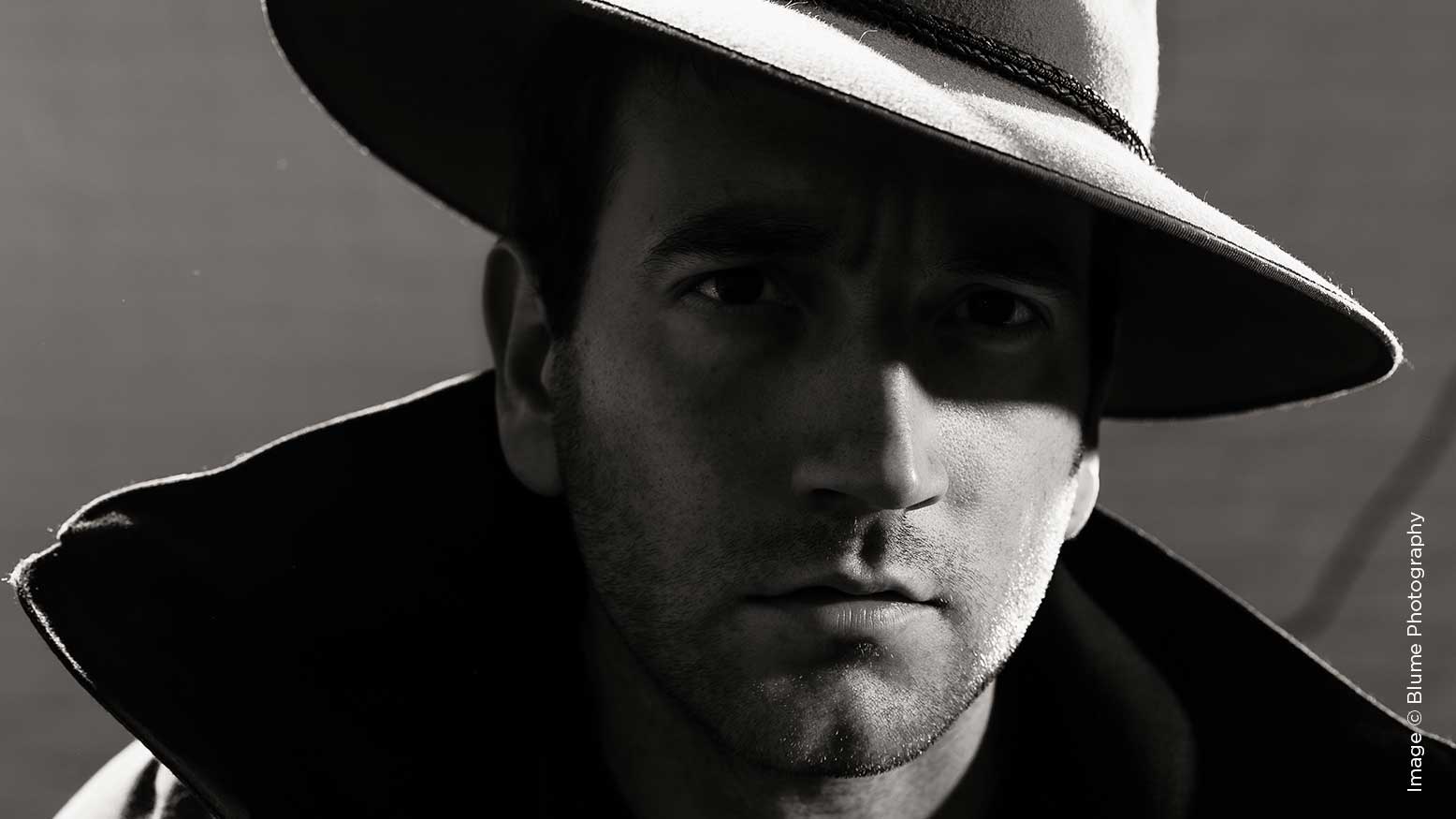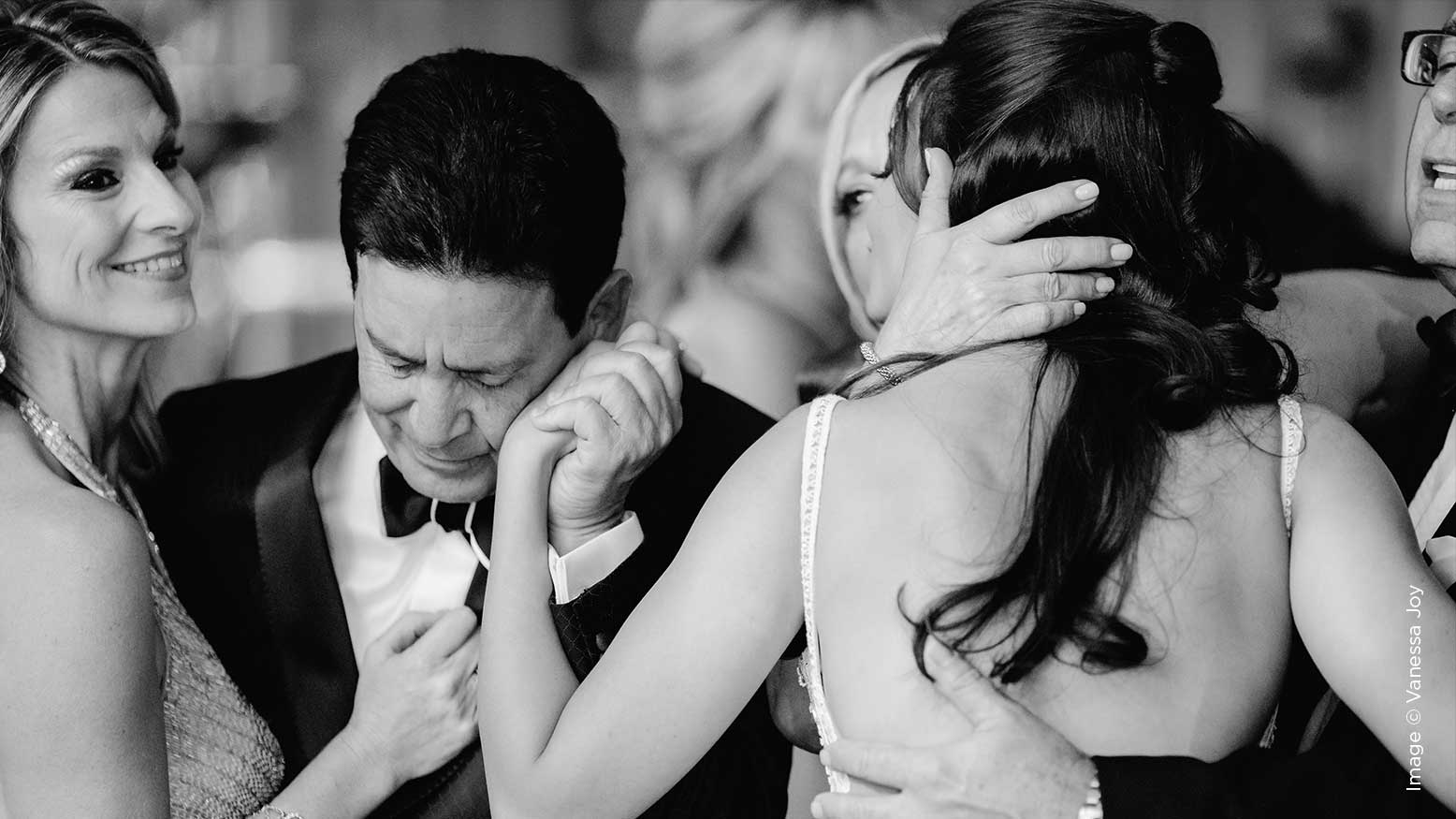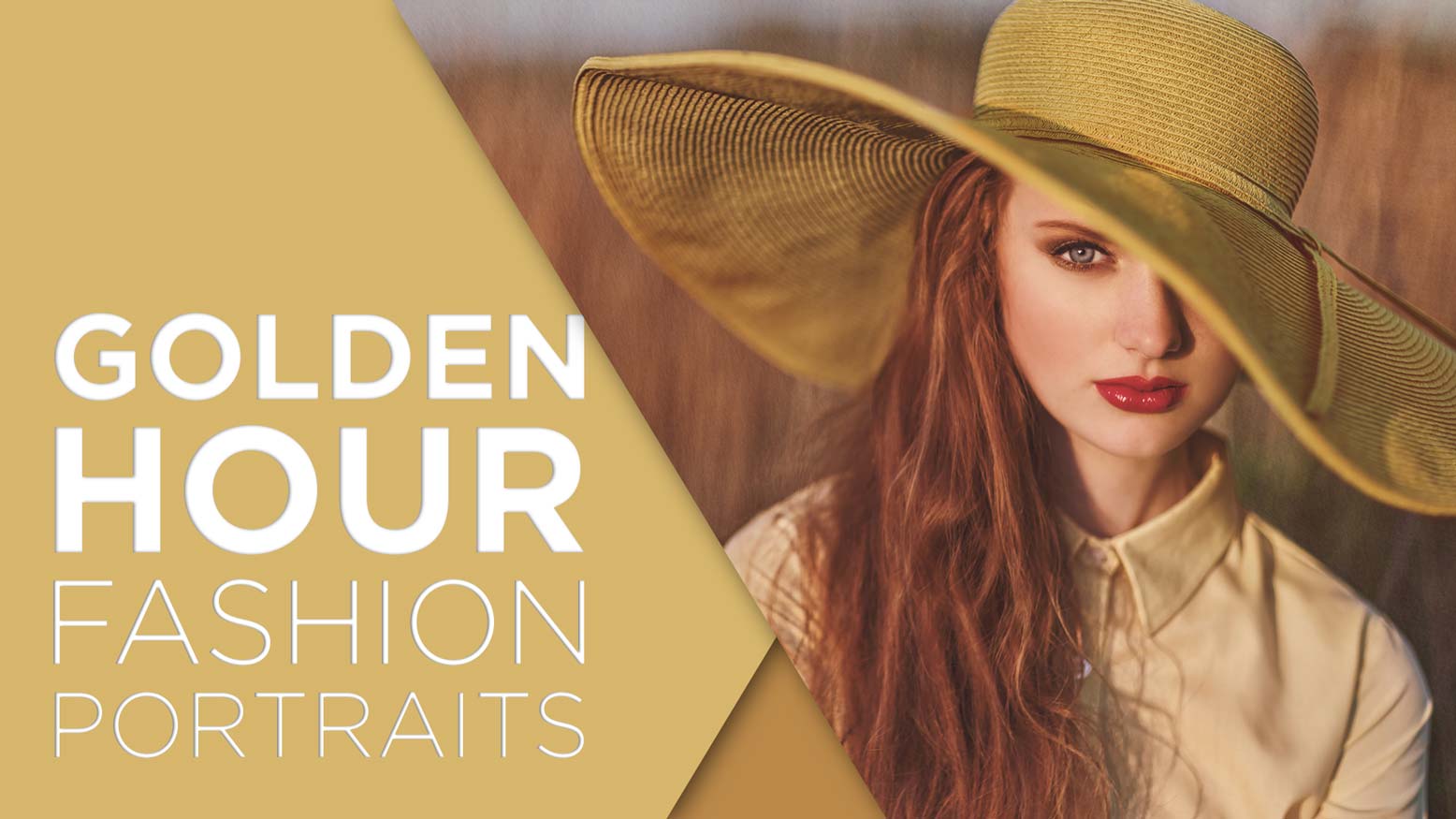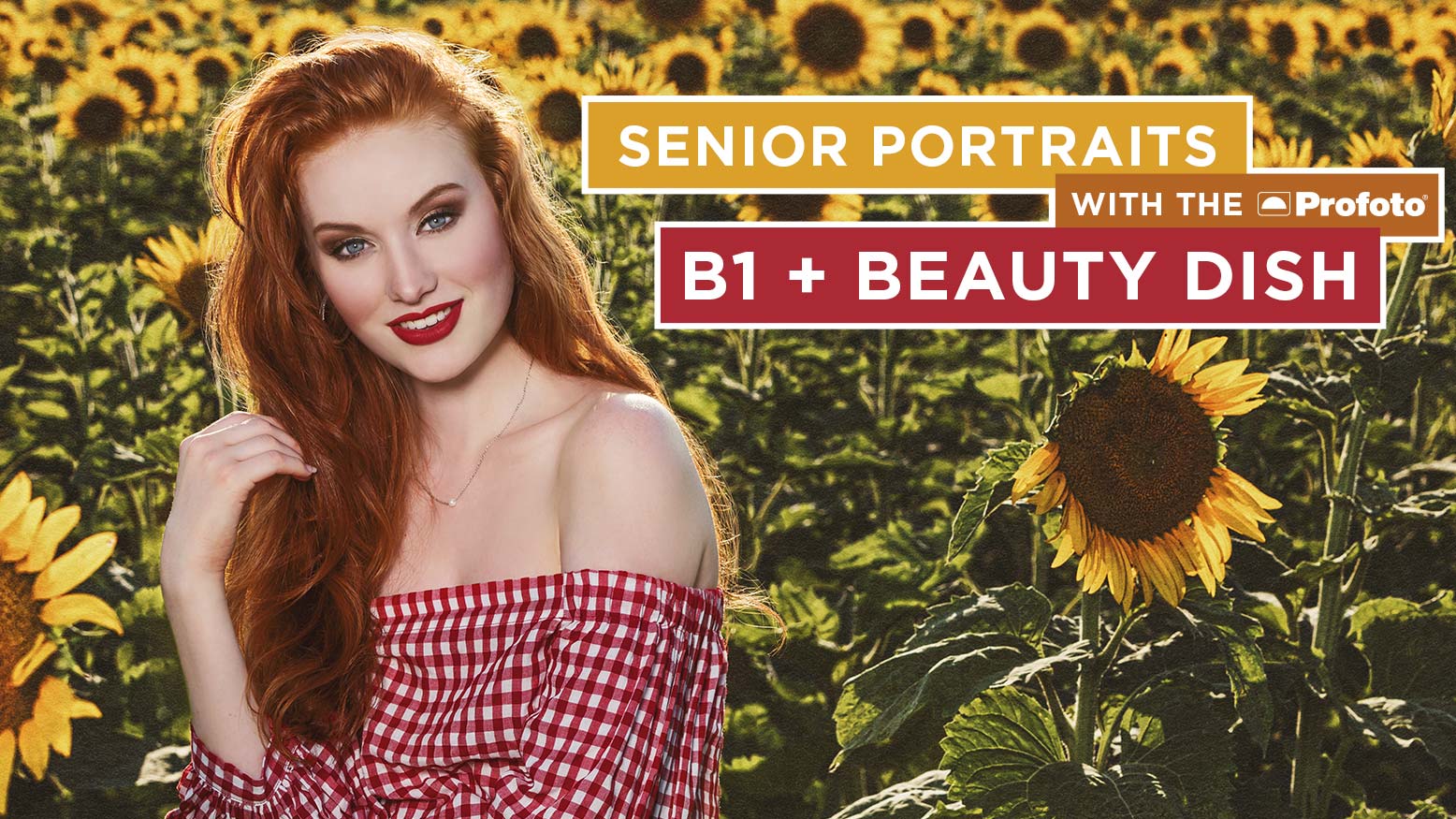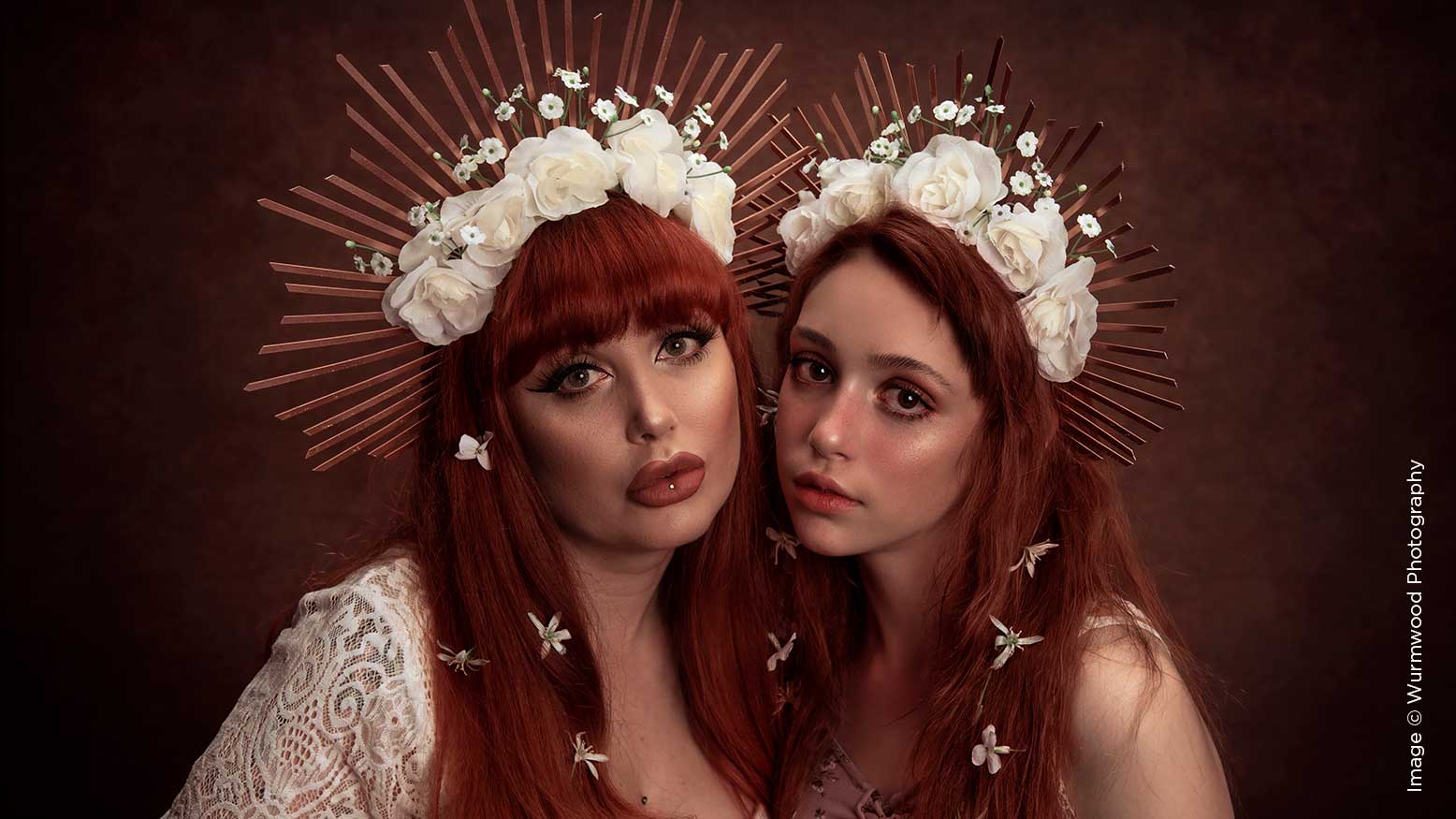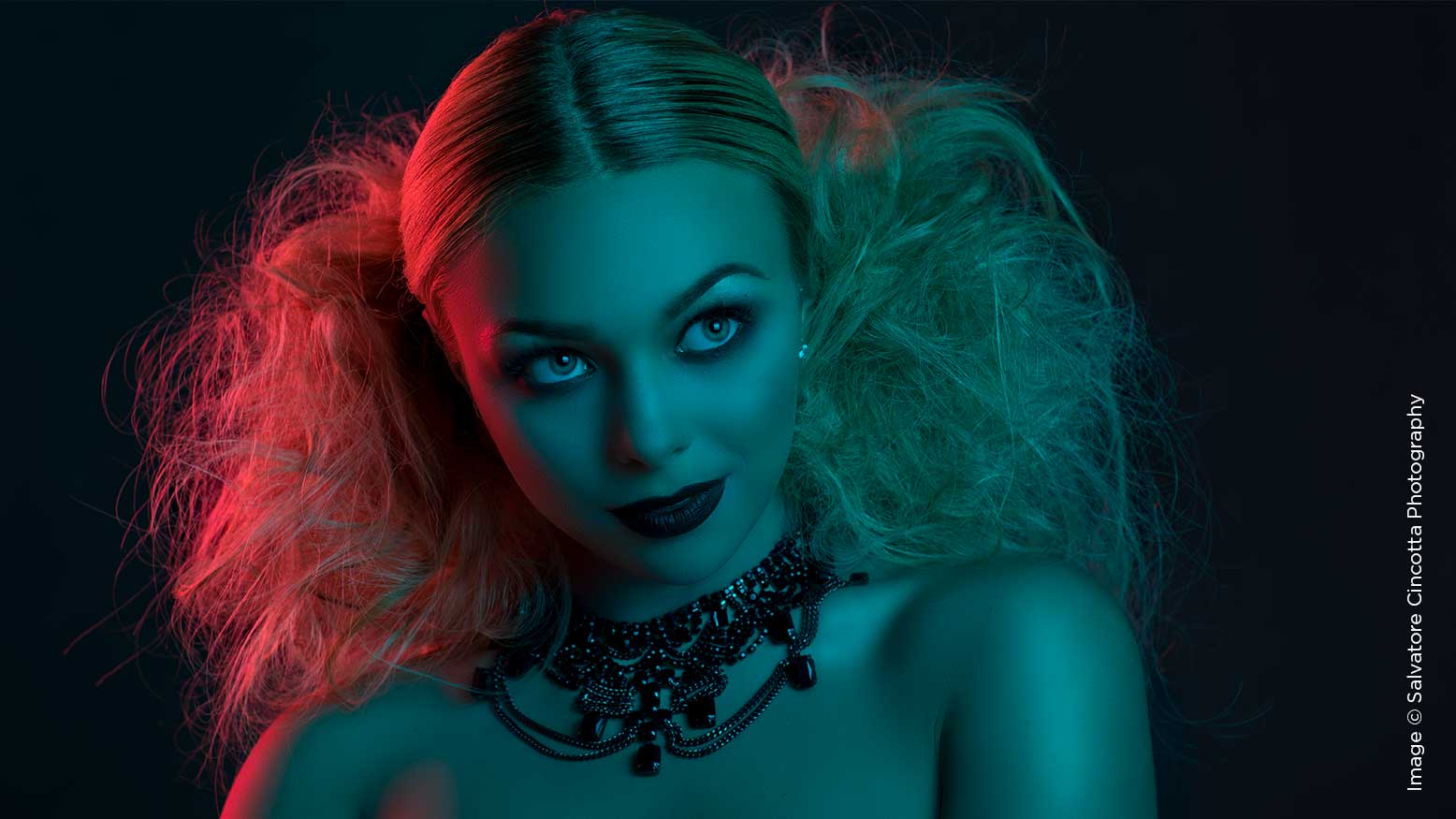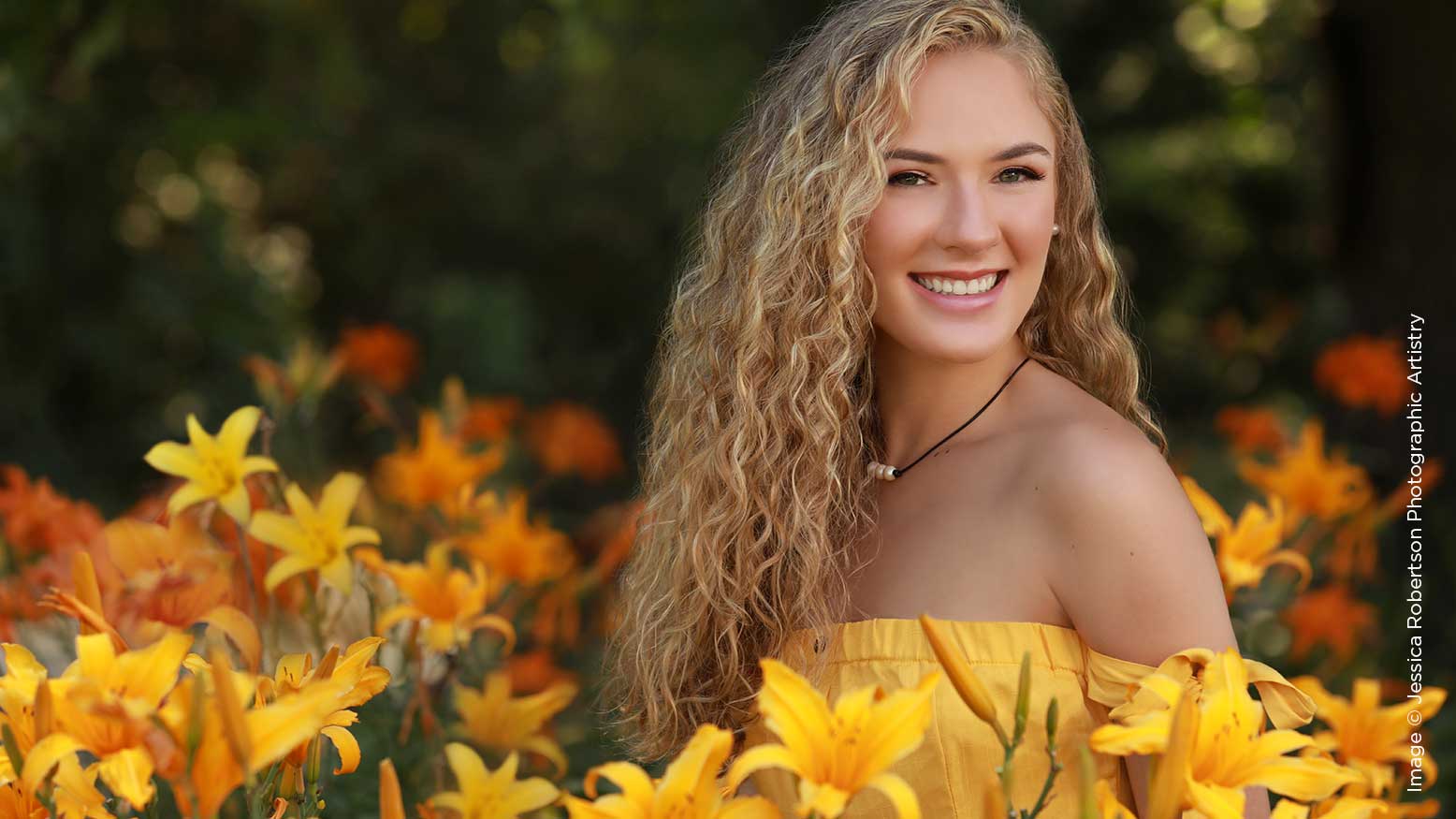5 Tips for Better Black & White Portraits
Black & white should be used to remove distractions from your image and help bring more focus to your subject. A black & white portrait can help focus on your subject’s emotion, as well as eliminate color patterns that take attention away from them. The key is to use black & white to help communicate your vision more efficiently than a color image would do.

